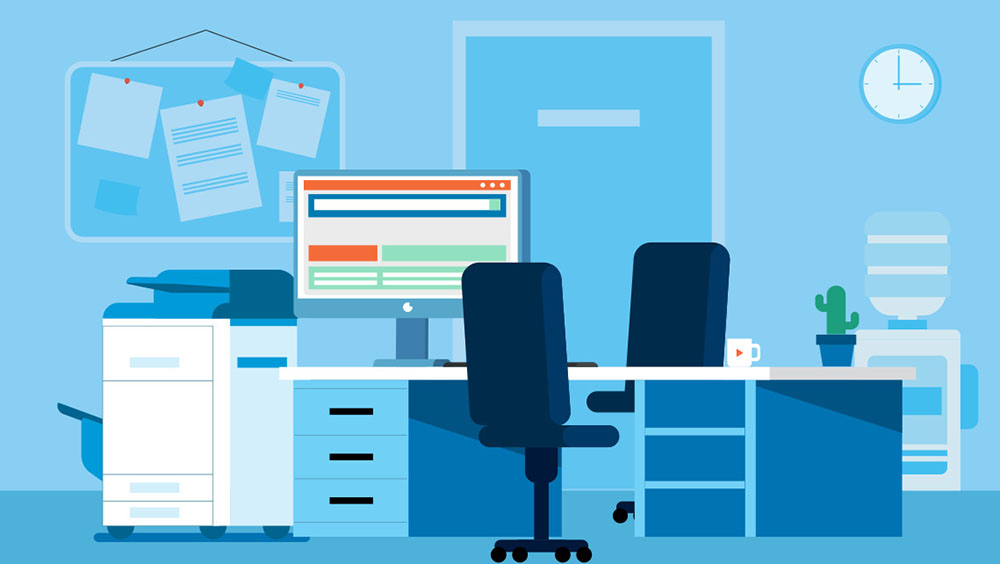We’re all relying on VoIP more than I think most of us ever expected. Make sure you stay connected with a VoIP disaster recovery plan.
Maybe there’s a fire or hurricane, or a burst pipe on the floor above.
Ask yourself – if this were to happen in your office, would your phone system continue to work?
The poor VoIP phone system is often left in the dark and forgotten in a disaster recovery plan – something that could end up a costly mistake.
The ease and benefit of VoIP
Thanks to VoIP and mobile phones, something that could have potentially taken down a phone line has become a far lesser threat.
The most obvious upside to having your hosted VoIP in the cloud?
Your infrastructure isn’t even in your office!
The usual threat of losing thousands of dollars worth of hardware is becoming a thing of the past, for telecom and other areas of business as well.
There are many options to consider when deciding on a disaster recovery plan for your cloud-based PBX system. Ensuring you have a solid recovery strategy is the first step to keep your VoIP services running in the worst case scenario.
SIP Trunk Failover
Some time ago we built a failover feature in to our SIP technology for exactly that purpose – if the trunk is not registered for a configurable amount of time (default is 6 seconds), we can automatically divert all calls going through the trunk to another number.
Having this failover at the SIP trunk level offers even greater redundancy than having it at the PBX level.
Automatic Failover
All good VoIP and SIP providers will have a great starting plan involving automatic failover for your company to ensure you never miss a call. This way you know that regardless of why the call didn’t go through – fire, floor, human error – someone will answer it ont he next best device.
For the larger companies, having multiple offices in different locations is the obvious way to ensure that your clients can always reach you. Any incoming calls can easily be diverted to another office and with some planning and forethought the business can continue as usual.
Regardless of the size of the business, there are some key areas that should be focussed on when deciding on a disaster recovery plan.
Key Considerations
Dependencies
What is absolutely crucial to the running of your business? Are these backed up? Can these backups be restored quickly and efficiently, minimising downtime?
It’s one thing to have backups of everything, but if they’re difficult to access and would take a long time to restore, they won’t be of much help when the need arises.
Identifying Disruptions
While it’s not always possible to know when or what will hit a business, depending on your geographical area, there may be more things to consider than elsewhere.
Does the area your office is located in often experience extreme weather?
This would definitely be something to plan for.
The Right Partner
When looking for a telecommunications partner for your business, ensure they have multiple failovers and redundant servers in multiple locations.
A lot can happen in a short amount of time, and without planning ahead for business continuity, you run the risk of losing business communications for an indefinite amount of time.
If this is something you’re concerned about or interested in, feel free to bring it up with someone from our team when discussing your phone system set up.

